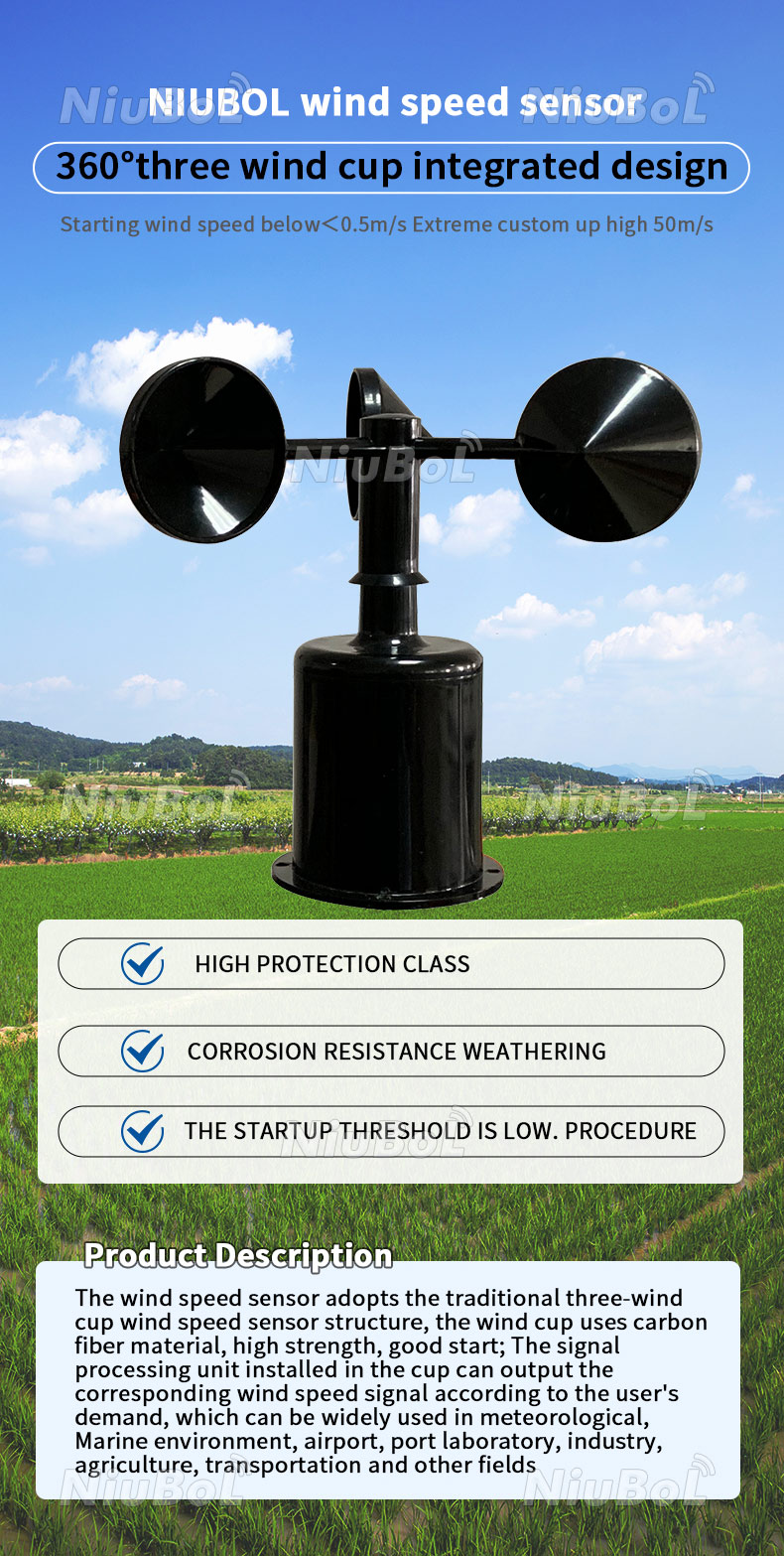Exploring the Features and Benefits of Anemometers for Weather Condition Lovers and Specialists
Anemometers stand as crucial devices in the world of climate surveillance, accommodating both lovers and experienced experts alike. These devices offer a window right into the vibrant world of wind patterns and speeds, providing important data for atmospheric evaluation and forecasting. From cup anemometers to sonic anemometers, each type brings its distinct set of applications and benefits, clarifying various facets of weather. As we explore the features and advantages of anemometers, a deeper understanding arises not just of dominating climate sensations however also of the more comprehensive implications for fields like wind power production and ecological research study.
Importance of Anemometers in Climate Monitoring
Anemometers play an important role in climate tracking by giving precise dimensions of wind speed, helping in forecasting and understanding weather condition patterns. These tools, ranging from standard cup anemometers to contemporary ultrasonic anemometers, are essential for meteorologists, researchers, and climate enthusiasts alike. By determining wind rate, anemometers help in figuring out the strength of climate sensations such as typhoons, tornados, and hurricanes. Additionally, they offer useful information for aviation, maritime operations, and various markets that are delicate to wind problems.

Types of Anemometers and Their Applications
With the vital role anemometers play in weather surveillance and projecting, comprehending the various sorts of these tools and their applications ends up being important for professionals and fanatics in the field. One of the most usual kinds of anemometers include cup anemometers, vane anemometers, hot-wire anemometers, and ultrasonic anemometers. Mug anemometers contain three or four cups placed on straight arms that rotate with the wind, gauging its rate. Vane anemometers, on the other hand, use an openly turning vane to align with the wind instructions, offering both wind rate and instructions measurements. Hot-wire anemometers run based on the principle of convective warm transfer, where the cooling effect of the air circulation is measured to establish wind speed. Ultrasonic anemometers make use of ultrasonic acoustic wave to calculate wind rate and instructions precisely.
Mug anemometers are durable and ideal for general weather surveillance, while vane anemometers are favored for directional measurements. Ultrasonic anemometers are non-intrusive and provide high precision, commonly made use of in study and specialized weather surveillance applications.
Advantages of Using Anemometers in Projecting
In meteorology, the usage of anemometers offers indispensable advantages for enhancing the accuracy of weather forecasting. Anemometers measure wind rate and instructions, offering important data for predicting weather patterns. By including wind information into projecting versions, meteorologists can better understand the activity of weather condition systems, expect changes in climatic problems, and issue more specific forecasts.
Moreover, anemometers play an essential function in evaluating potential climate risks. Keeping track of wind rates assists forecasters predict severe weather occasions such as hurricanes, hurricanes, and winter season tornados with higher accuracy. This very early warning system allows authorities to issue prompt alerts and apply required safety and security procedures, reducing the dangers to life and home.
Additionally, anemometers help in maximizing sustainable power production. By examining wind patterns, meteorologists can identify appropriate areas for wind farms and anticipate power output, adding to the reliable generation of wind power.

Anemometers in Wind Power Manufacturing
Given the crucial function anemometers play in supplying exact wind information for weather forecasting and risk evaluation, their relevance includes the world of wind power manufacturing. Anemometers are important instruments in the field of wind energy, where the measurement of wind speed and direction is important for establishing the usefulness and performance of wind generator installations. By accurately measuring wind rates at differing elevations, anemometers aid maximize the positioning and design of wind turbines to maximize energy result.
In wind ranches, anemometers are purposefully positioned their website to accumulate real-time wind information that is utilized to evaluate the potential energy manufacturing of a website. This information contributes in figuring out the financial viability of wind energy tasks and in projecting energy generation to guarantee grid stability. In addition, anemometers help in keeping an eye on wind conditions to optimize generator efficiency, avoid damage from high winds, and make certain the safety and security of workers operating in the location of wind generators.
Enhancing Weather Understanding With Anemometers

Anemometers play a vital duty in boosting our understanding of microclimates. These local climate condition can vary considerably from broader local projections, making it crucial to have exact data for particular areas. anemometer. By purposefully positioning anemometers in different locations, researchers can collect in-depth click here for info information on how wind acts in various terrains, city atmospheres, or bodies of water
Furthermore, anemometers add to click this boosting weather condition forecasting versions by supplying real-time data on wind actions. This info is especially valuable for forecasting serious climate occasions, optimizing farming methods, and sustaining markets like aviation and maritime navigating. In general, anemometers are invaluable tools that enable us to dig deeper right into the complexities of weather condition systems, ultimately bring about more better-informed decisions and precise forecasts.
Final Thought
In verdict, anemometers play an important duty in weather monitoring and forecasting by determining wind rate and instructions. Anemometers additionally have applications in wind power production, further highlighting their importance in both weather forecasting and eco-friendly power fields.
From cup anemometers to sonic anemometers, each type brings its unique set of applications and advantages, dropping light on different elements of climatic problems. These tools, varying from standard mug anemometers to contemporary ultrasonic anemometers, are crucial for meteorologists, scientists, and climate enthusiasts alike. The most common types of anemometers consist of mug anemometers, vane anemometers, hot-wire anemometers, and ultrasonic anemometers. Cup anemometers are suitable and robust for general weather monitoring, while vane anemometers are preferred for directional dimensions. Anemometers are crucial tools in the area of wind power, where the measurement of wind speed and direction is crucial for determining the feasibility and performance of wind generator setups.
Comments on “How an Anemometer Can Enhance Your Weather Monitoring System”